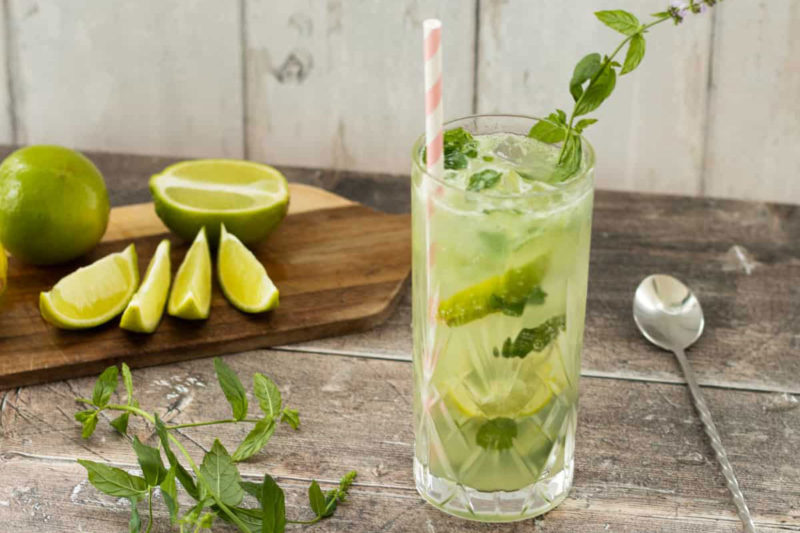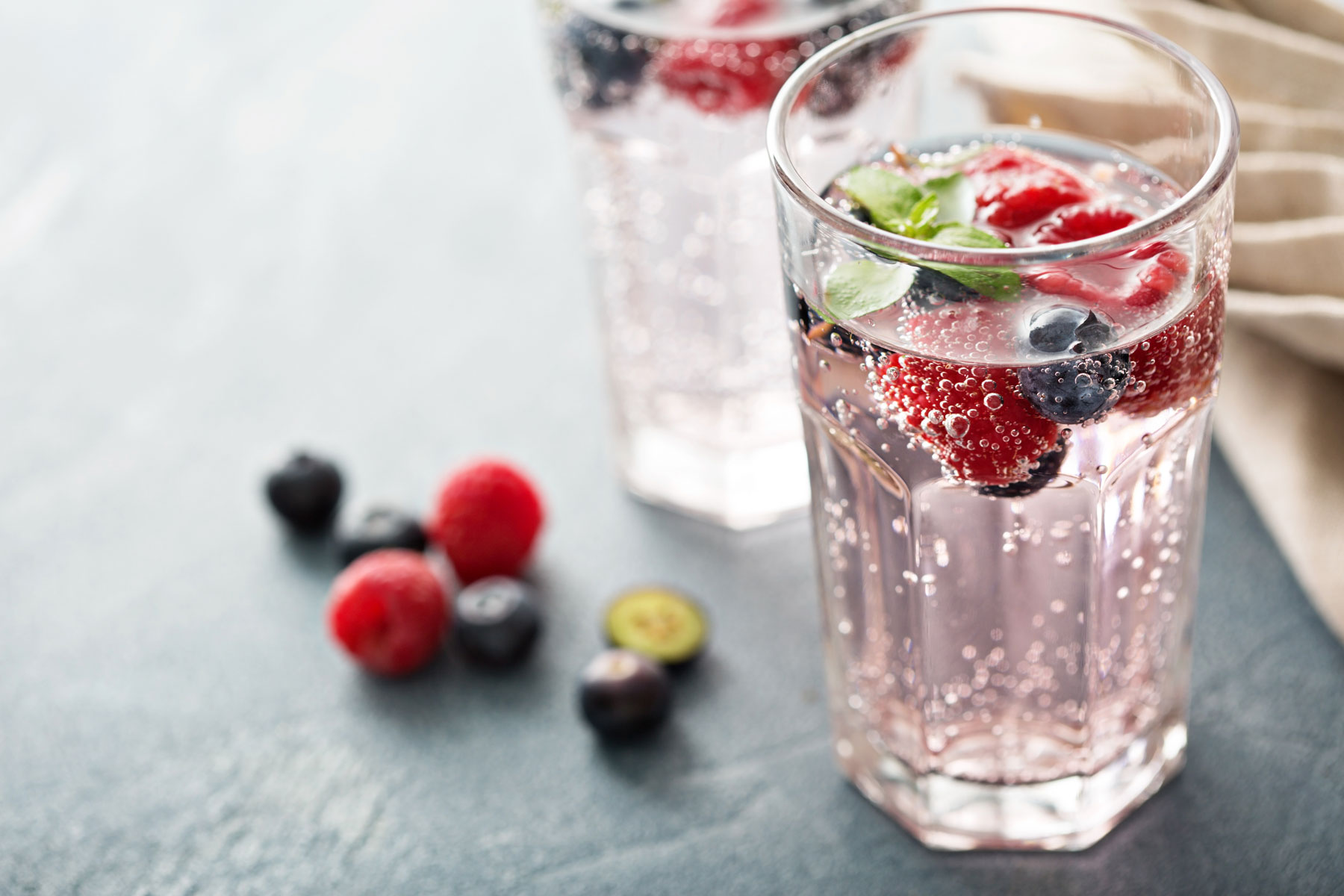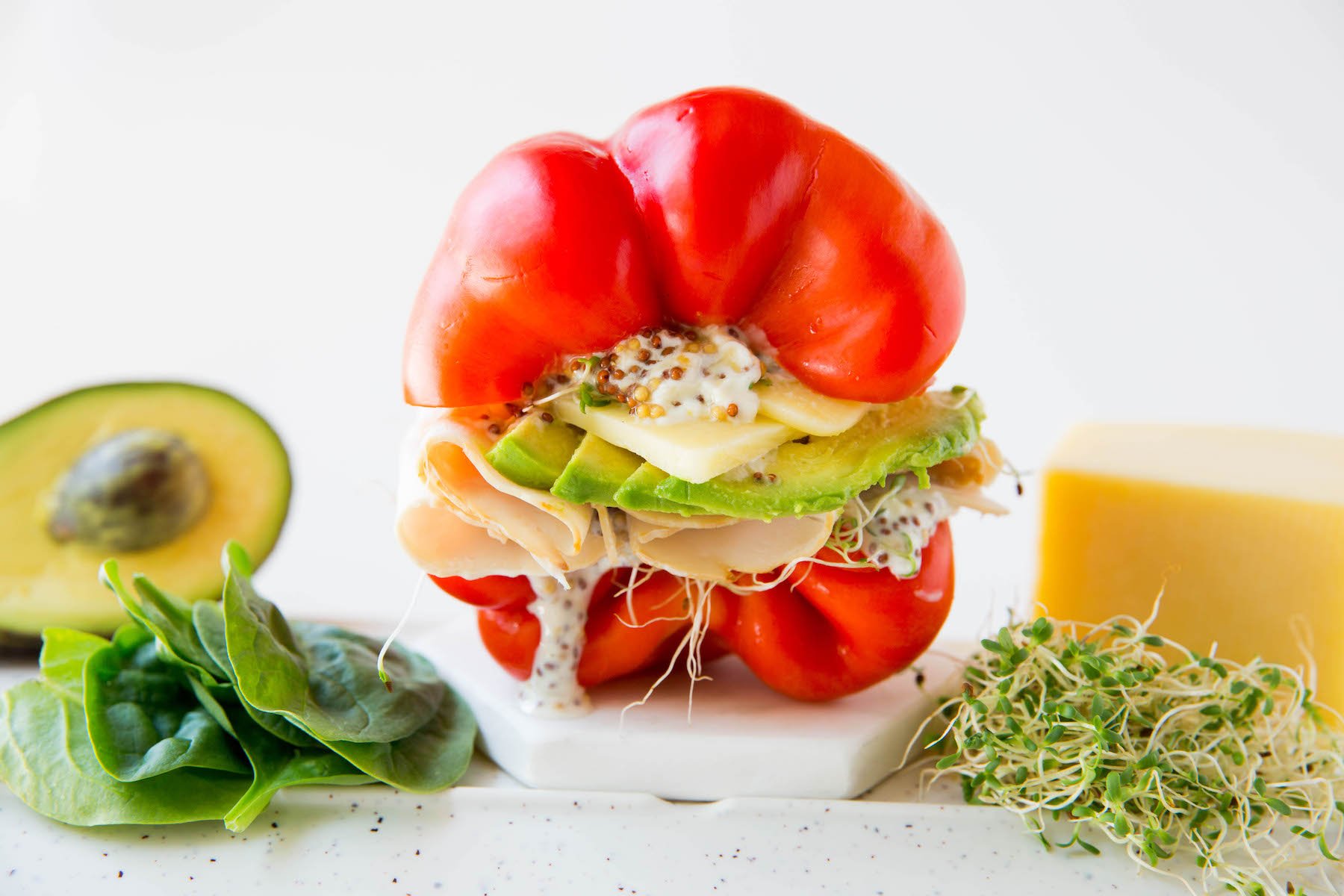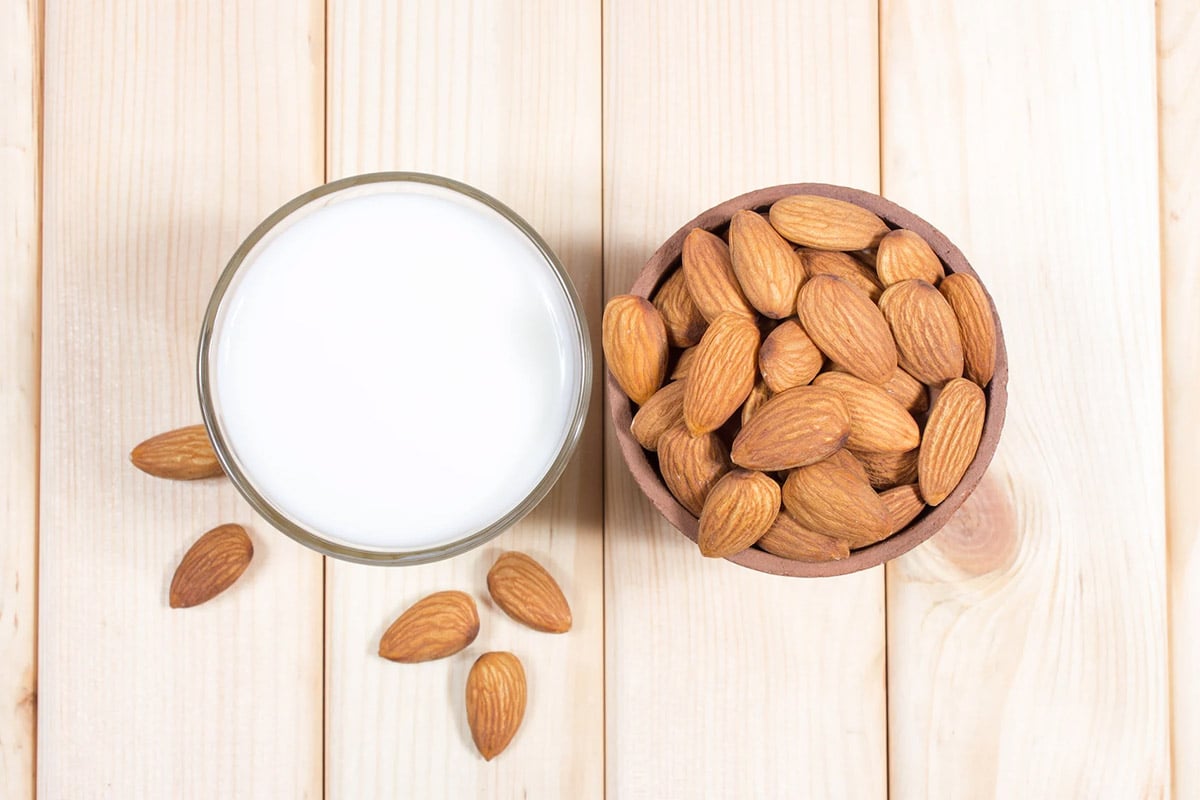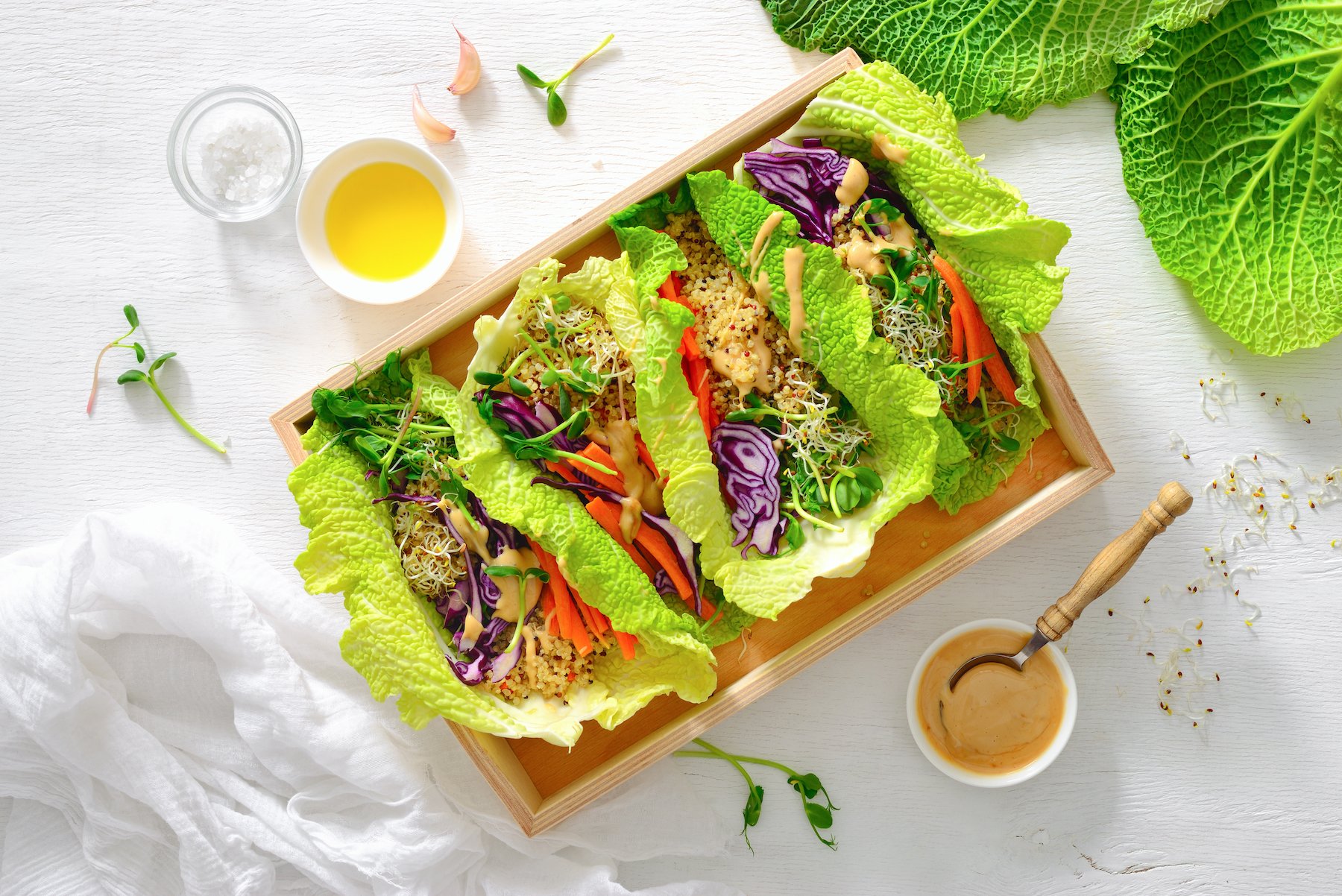Image courtesy Always Use Butter
Alcohol and metabolic health have a complex relationship. Many people tracking their blood sugar see it go down after having a drink. Many people tracking their blood sugar see it go down after having a drink; however, that doesn’t give you a free pass to indulge. Drinking too much or too often has negative health implications. Alcohol can damage your metabolic health, particularly your liver. It also raises the risk of many chronic diseases, including high blood pressure and various cancers.
That doesn’t mean you can’t cheers. The cultural shift toward sober-curious Americans (think: Dry January and Sober October) has coincided with a more extensive selection of non-alcoholic beverages. Unfortunately, many are high in sugar and low in flavor. Knowing what to look for in a prepared drink—or how to concoct your own cocktail—you can enjoy the occasional drink with less metabolic damage.
The Problems With Alcohol
For years, research cast light to moderate drinking as beneficial. A study of more than 100,000 people showed that women who had up to 15 grams of alcohol (one drink) and men who had up to 30 grams (two drinks) daily were less likely to develop diabetes or heart disease compared to those who drank a smaller amount (less than 5 grams a day) or had no alcohol at all—though, crucially, this alcohol consumption was part of an overall “healthy lifestyle score.” Other research suggests that light to moderate drinking may be cardioprotective and reduce the risk of recurrent cardiovascular events. In particular, red wine has been linked with heart health because it contains high concentrations of polyphenolic compounds that act as antioxidants.
But in recent years, experts have taken a more cautionary tone based on large-scale research underscoring alcohol’s risks. A global study spanning 26 years concluded that no amount of alcohol promotes health; rather, its dangers outweigh any potential benefits. Public health experts want to add a cancer warning to alcohol, noting that it’s the third “most important modifiable cancer risk factor” (after tobacco use and obesity). In fact, the American Cancer Society says it’s best not to drink at all.
Moreover, the government’s 2020-2025 Dietary Guidelines recommends no more than one serving of alcohol per day for women and two for men, that people who don’t drink shouldn’t start, and that less drinking is better than more.
A large part of the problem is that many people underestimate how much alcohol they consume:
- Moderate drinking means one serving of alcohol or less per day for women and two drinks or less for men. (One standard serving of alcohol equals 12 ounces of beer, 5 ounces of wine, and 1.5 ounces of 80-proof distilled spirits or liquor.) But two out of three adults who drink report going over this amount at least once a month.
- Binge drinking is consuming four or more drinks on occasion for women and five or more for men. One in six adults binge drinks.
You may be drinking more than you realize, putting your health at risk. Excessive drinking sets the stage for possible high blood pressure, heart disease, and certain cancers. There’s also a good chance you ramped up recently: Sixty percent of Americans say they upped their alcohol consumption during the pandemic.
Alcohol and Metabolic Health
Alcohol’s effect on metabolic health primarily revolves around the liver. This organ is responsible for more than 500 vital functions, including processing alcohol, storing glucose as glycogen, and breaking down stored glucose.
Over time, too much alcohol can change the liver’s metabolic profile so that it stores too much fat instead of turning it into energy. This can lead to a buildup of fat and result in a condition called fatty liver disease. This can compromise the organ’s function, which can raise the risk of heart disease and insulin resistance. Without proper treatment, the condition can cause inflammation and lead to severe, permanent scarring, otherwise known as cirrhosis.
In the short term, drinking alcohol affects your blood sugar. The outcome depends on several factors, such as how much you’re drinking, the sugar content of the beverage, and if you pair that drink with food. Consider these scenarios:
- You drink a small amount before a carb-heavy meal. According to research, you may have lower blood glucose levels after eating. That’s because alcohol decreases the liver’s ability to make new glucose and stimulates the breakdown and release of stored glucose. Light to moderate alcohol consumption may also increase insulin sensitivity.
- You’re fasting or in a ketogenic state. When you fast, there’s less glucose stored in your liver and muscles. Because alcohol inhibits the process of turning these stores into energy, your glucose may fall to a dangerous level, called hypoglycemia.
- You binge drink. Tossing back five alcoholic drinks (four for women) within two hours for men increases inflammation in the body and can disrupt your metabolism. Binge drinking even once a month may increase your chances of insulin resistance and Type 2 diabetes.
- You drink heavily over the long run. This habit can cause alcoholic liver disease, which raises the risk for Type 2 diabetes. It can also impair the function of pancreatic beta cells, which make insulin.
Beyond the impact of alcohol alone, many alcoholic beverages contain more carbs than you might think. On average, a 12-ounce glass of beer delivers 12 grams of carbs, while 5 ounces of red wine has 3.8 grams. One ounce of hard liquor, such as whiskey and rum, contains zero or less than a gram of carbs, but they’re often mixed with sugary juices and sodas that can trigger a blood sugar spike.
DIY Alcohol Alternatives
Trading your usual drink for a non-alcoholic beverage may benefit your metabolic health. But booze-free doesn’t always equal healthy. Many mocktails and prepared drinks are high in sugar, and others fall flat in flavor. To avoid those pitfalls, consider these picks:
Bitters and Soda
Traditionally, bitters are concentrations of alcohol infused with aromatics such as herbs, spices, and fruit peels. They give cocktails flavor (like the woodsy, spicy kick in an Old Fashioned). Now you can buy non-alcohol versions, usually made with a glycerin base, such as those from Dram and All the Bitter. Squeeze a little into a glass of sparkling water. Or sip a pre-made drink, but keep tabs on the sugar content: Hella Cocktail Co.’s Zero-Sugar line of Bitters & Soda includes grapefruit, lemon-lime, ginger turmeric, and dry aromatic flavors.
Seltzer Mocktails
Jazz up sparkling water by making a mocktail. Try a sugar-free Mojito Mocktail, Raspberry Lime Sparkling Mocktail, or Cucumber Tom Collins. Remember that sparkling water, seltzer, and soda water are essentially the same: carbonated water. But avoid tonic water, which packs 32 grams of sugar in a 12-ounce can, or look for a sugar-free version.
Kombucha
This fermented drink is made from sweetened tea and a culture of bacteria and yeast. It contains healthy probiotics, antioxidants, and B vitamins. Early research on mice suggests drinking kombucha may help reduce blood sugar levels in subjects with Type 2 diabetes. Its probiotics may improve gut health, lowering inflammation and insulin resistance. Some kombucha flavors are made with extra sugar and juices, so look for varieties that have no or little sugar. A good pick: Humm Zero, which continues fermentation until no sugar is left. You can also mix kombucha into a refreshing mocktail. Its tangy taste adds a complex twist—and less sugar—than regular juice. This strawberry mojito recipe blends fresh strawberries, mint, and lime juice with kombucha. (Note that not everyone responds favorably to kombucha, so monitor how you feel or watch your glucose if you have a CGM.)
Non-Alcoholic Beers
Many non-alcoholic beers are made in the same way as traditional beer, except that the alcohol is removed at the end of the brewing process through heat, either by evaporation or filtration. In other cases, producers stop the fermentation process before alcohol forms. But non-alcoholic doesn’t mean metabolically healthy; some brands contain added sugars to compensate for lost flavor. Choose low-carb varieties, such as Partake, which offers a variety of flavors, including a Red (3 g carbs), IPA (2 g carbs), and Cherry Gose (2 g carbs). Other options include Surreal Brewing Company’s Natural Bridges Kolsch Style (2.8 g carbs) and Athletic Brewing Co. Lite (5 g carbs).
Alcohol-Free Spirits
Get the flavor of your favorite cocktail with a non-alcoholic spirit. These drinks are made from distilled botanic ingredients, such as hops, oak, allspice, and rosemary, to create a flavorful liquid that’s meant to be mixed into mocktails. You can combine Seedlip’s Grove 42 with a sugar-free tonic and twist of lime to create a virgin G&T. Ritual Zero Proof Whiskey Alternative has the same smoky, oaky notes as its alcoholic counterpart; try it to make one of your favorite whiskey-based recipes. Or, for the same vanilla-caramel notes as rum, use RumISH non-alcoholic rum in a low-carb strawberry daiquiri.
Soda Alternatives
Traditional sodas are usually packed with sugar, serving up a whopping 39 grams per 12 oz can. But healthier, low-sugar options are delicious in mocktails. Try Spindrift, which is sparkling water with a squeeze of real fruit juice. The lemon and lemon limeade flavors contain zero sugar, while the grapefruit serves up 3 grams per can (thanks to a little orange juice). It’s delicious on its own, or you can elevate it into a Rosemary Grapefruit Fizz (skip the gin to make it a mocktail). Another pre-packaged option is Moment’s no-sugar canned drinks. With flavors like Lychee Mint and Cherry Hibiscus, these beverages are a fun twist on more traditional hard beverages.
